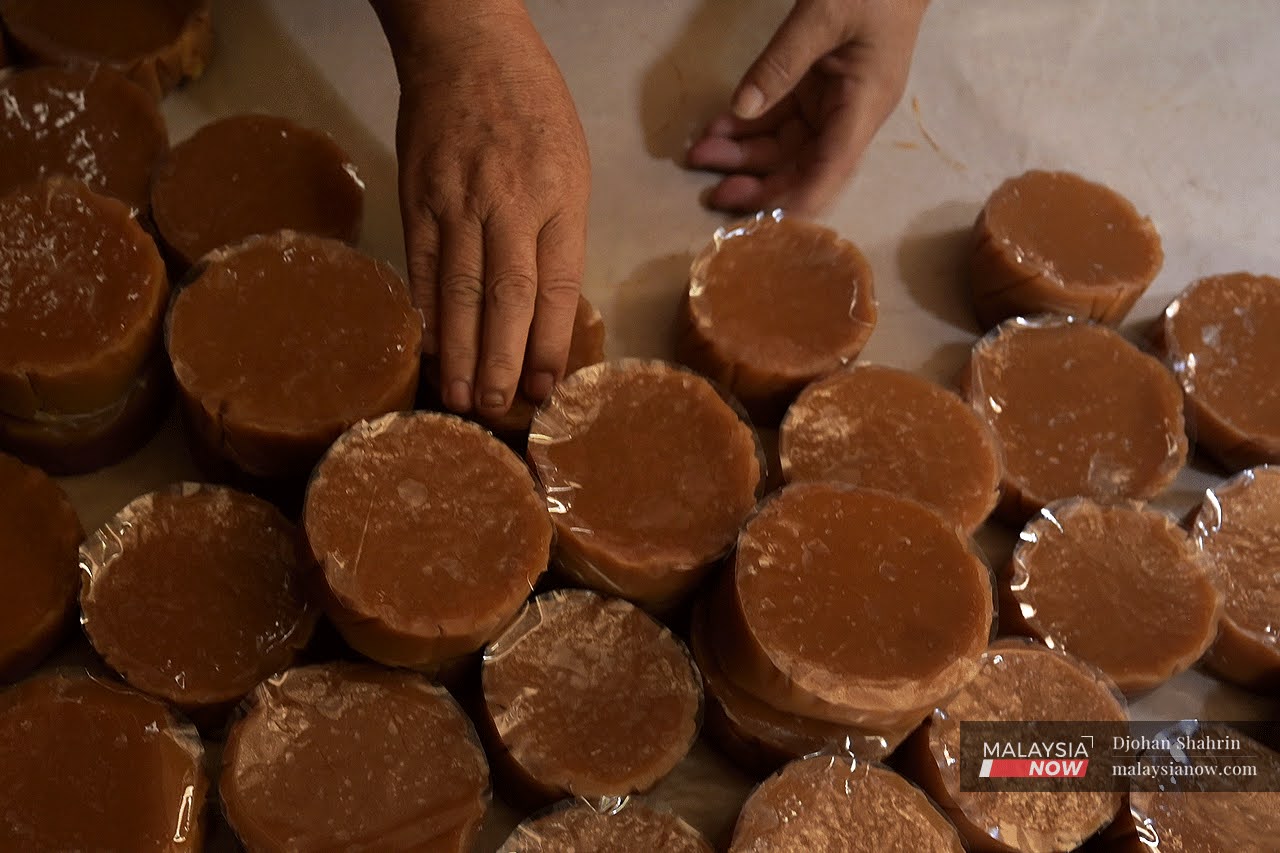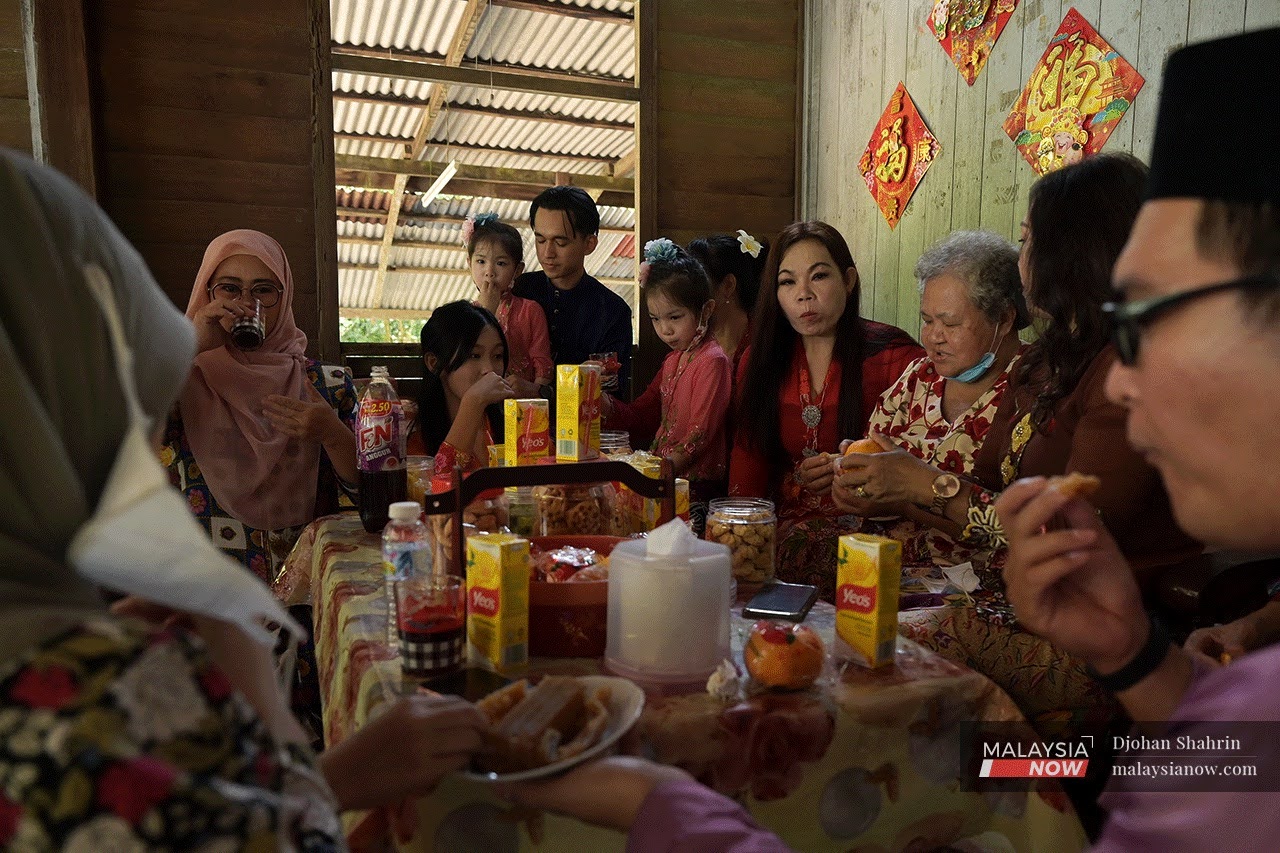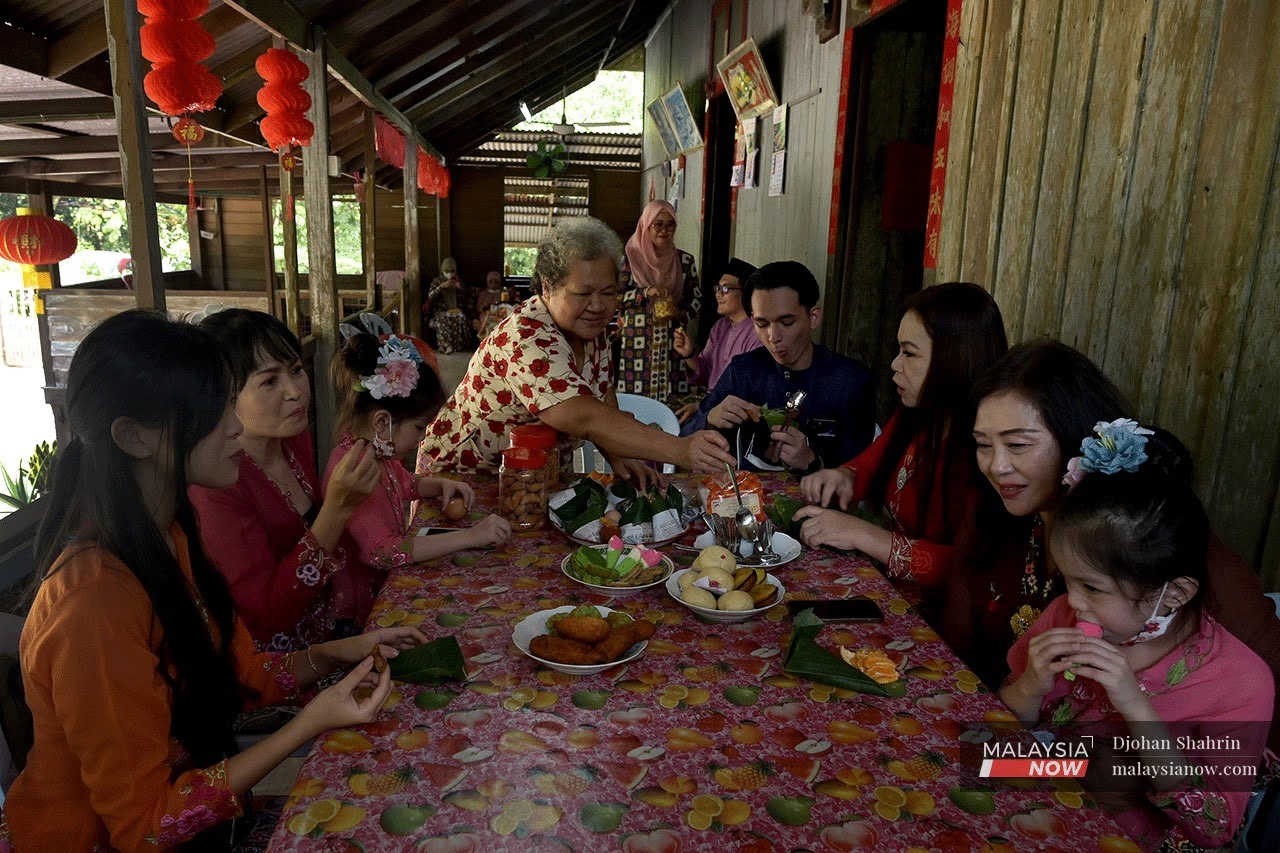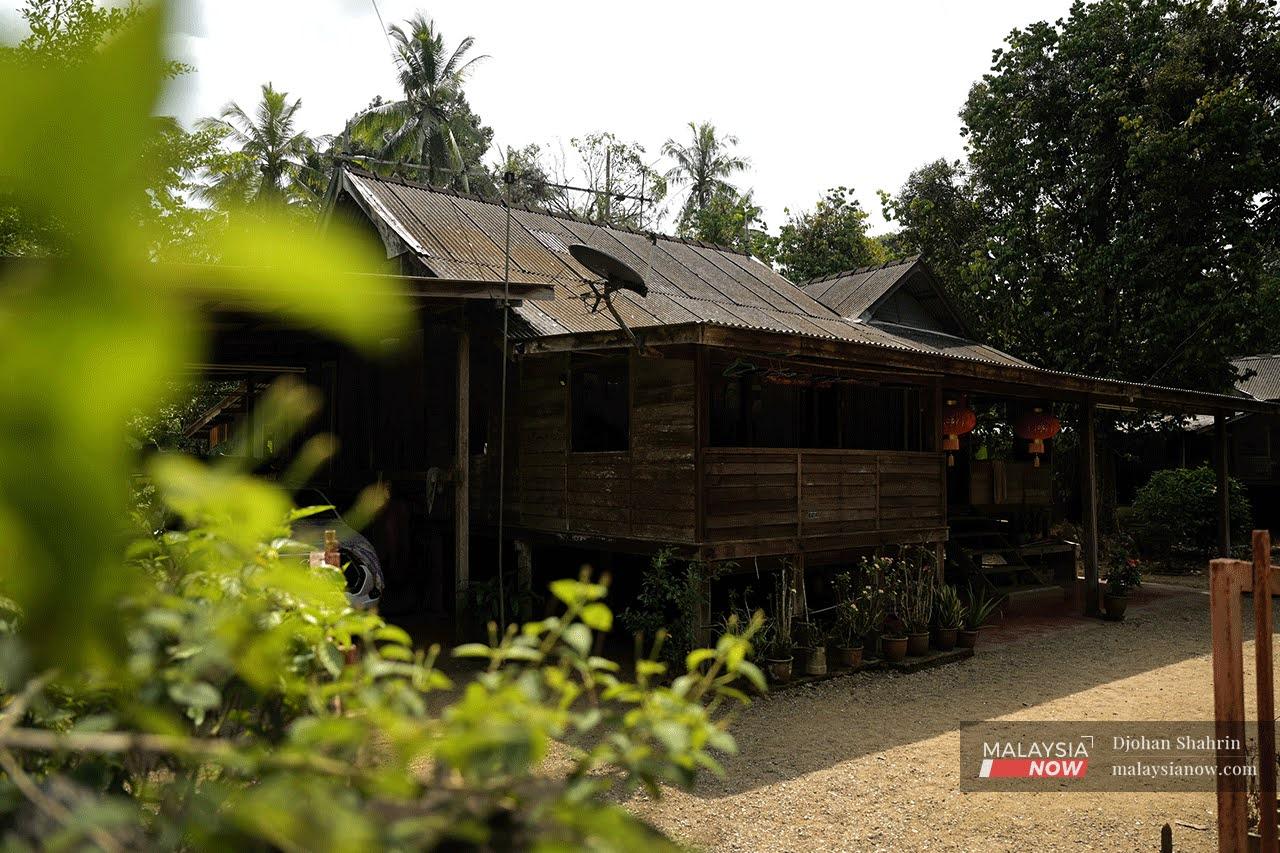Gallery
Chinese New Year, Terengganu Peranakan-style
Like the rest of the Chinese community in Malaysia, they celebrate Lunar New Year but with a twist.
Djohan Shahrin
3 minute read
Share
- Advertisement -





















Follow us on Telegram for the latest updates: https://t.me/malaysianow
Subscribe to our newsletter
To be updated with all the latest news and analyses daily.
Share
- Advertisement -
